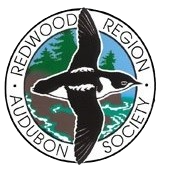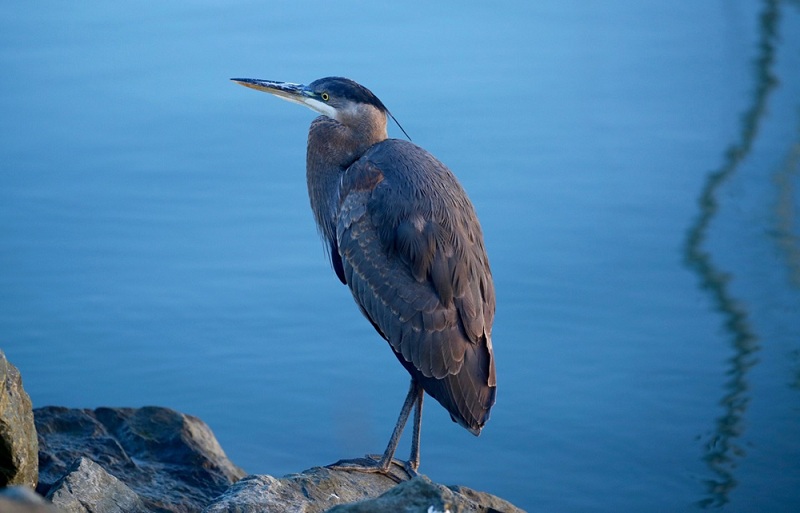
Redwood Region Audubon Society
Redwood Region Audubon Society advocates for the protection of birds and wildlife by supporting local conservation efforts to protect wildlife and their habitat.

Student Bird Art Contest Beauties!

Join us on a bird walk this month!
Details on all our walks and field trips are available here.
Regularly scheduled bird walks and work days:
Arcata Marsh and Wildlife Sanctuary
Every Saturday! 8:30 - 11 a.m.
Humboldt Bay National Wildlife Refuge
2nd Sunday
Eureka Waterfront Birdwalk
3rd Sunday
Wigi Wetlands Restoration Work Day
4th Saturday
Southern Humboldt
4th Saturday - No walks in July or August!

It provides information on where and when to look for about 120 of Humboldt's less common birds, with numerous maps and photos.
The book is spiral bound for ease of use in the field.
Whether you're looking for a particular species or simply a good place to go birding in Humboldt, this book is for you!
Retail Cost: $20.00
Sales Tax: $1.50
Shipping and Handling: $3.00
Total: $24.50
We are happy to mail copies to you, and they are also available in many local locations. Click here for instructions to have one sent, and local locations to purchase a book.
Our Purpose
The purposes and objectives of this corporation shall be to engage in such educational, scientific, investigative, literary, historical, philanthropic, and charitable pursuits as may be part of the stated purposes of the National Audubon Society, of which this corporation shall function as a Chapter.

Contact Us
Mailing Address:
PO Box 1054 Eureka,
CA 95502
Copyright © 2021 - Redwood Region Audubon Society